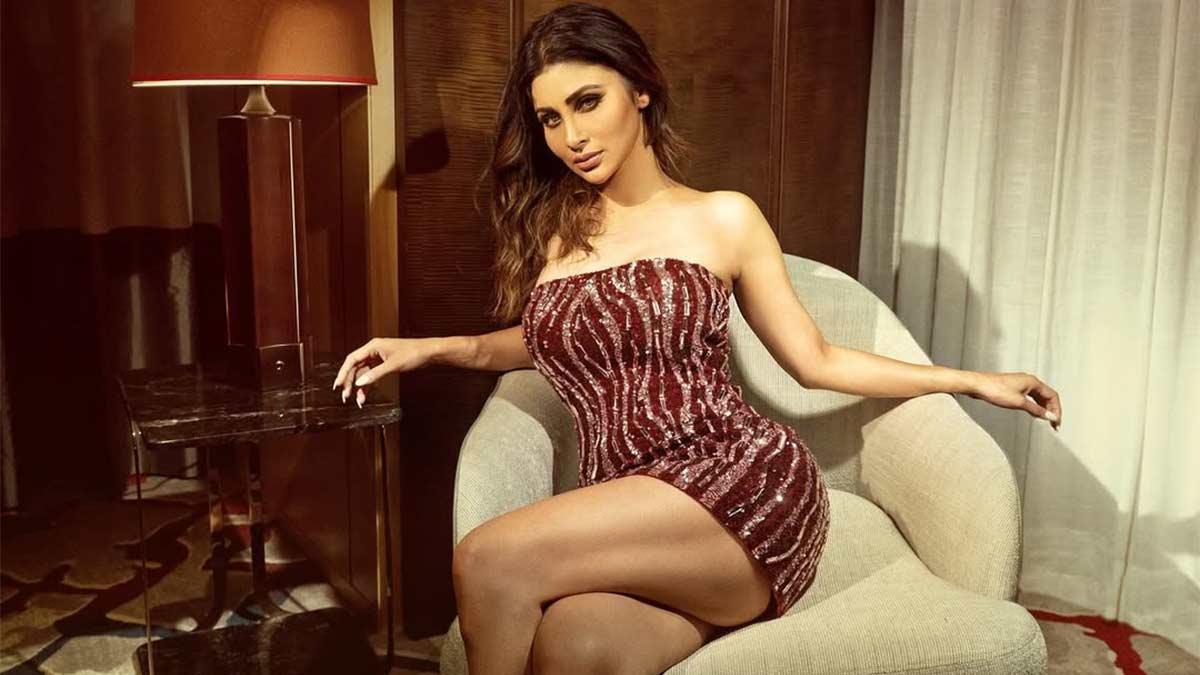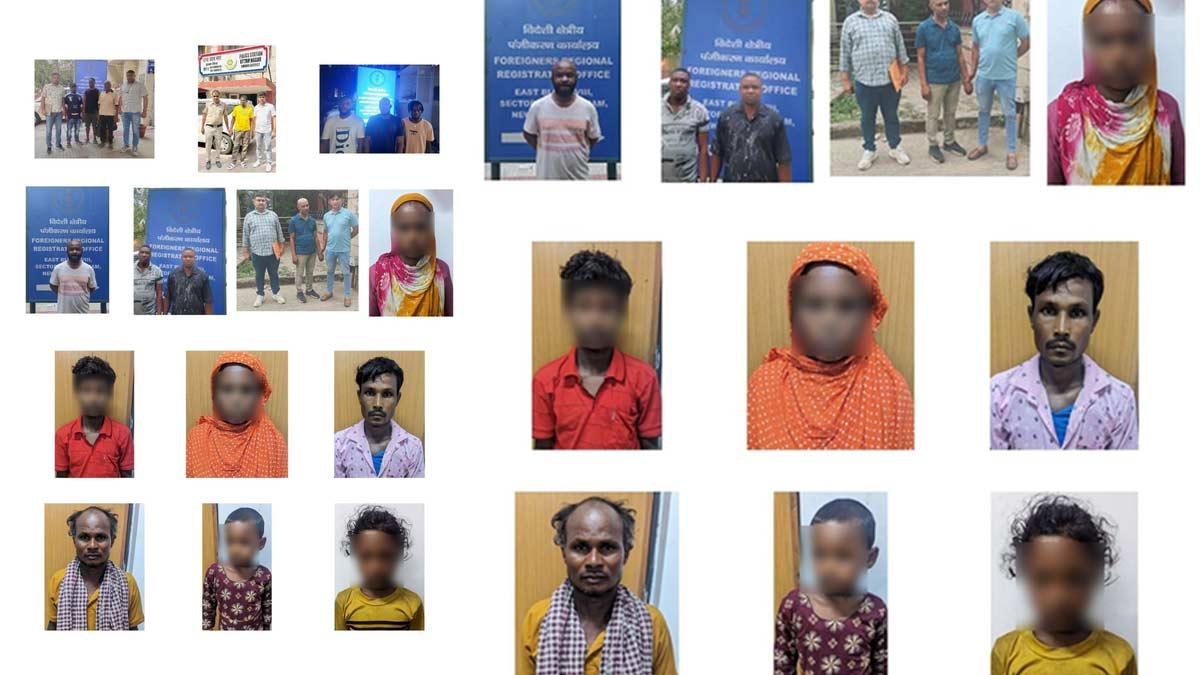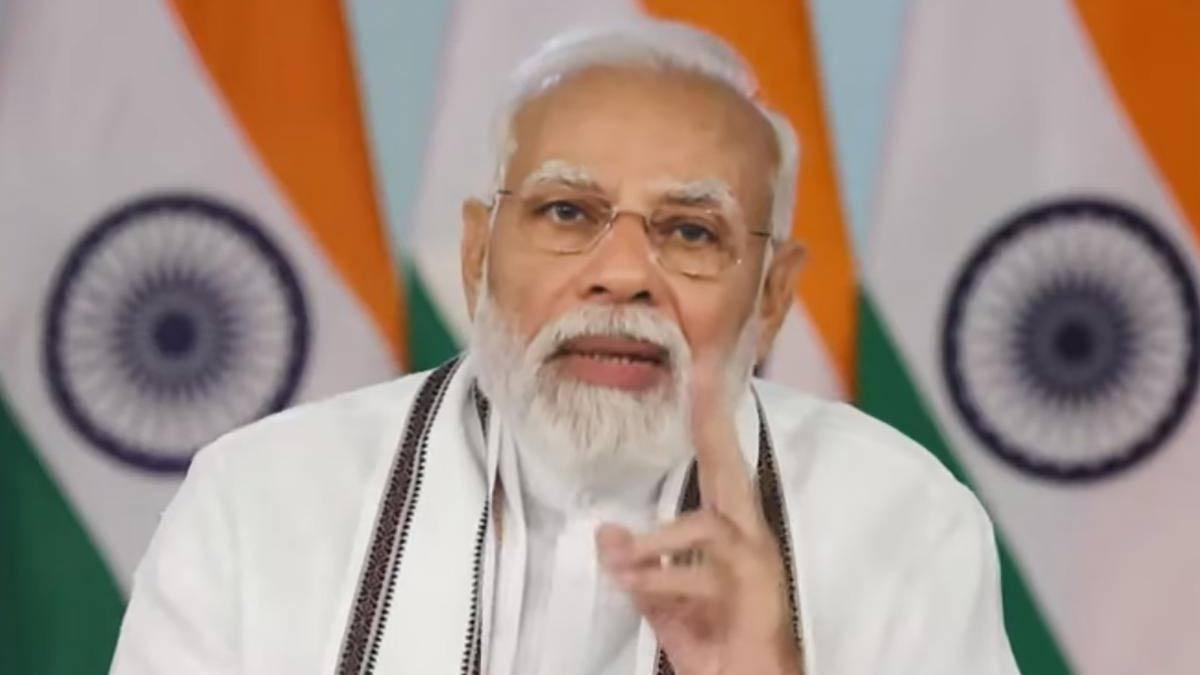A U.S. official, who was anonymous, indicated that Pakistan might have used its J-10C fighter aircraft to launch air-to-air missiles against Indian planes, reportedly shooting down at least two. Another anonymous source told Reuters that one of the Indian jets shot down was a Rafale.
Pakistani Foreign Minister Ishaq Dar subsequently informed the National Assembly that their J-10Cs destroyed five Indian jets, three of which were Rafales. However, no concrete evidence has been presented by Islamabad to back such claims.
Before the Reuters report, CNN quoted an unnamed French official who also asserted that a Pakistani attack shot down an Indian Rafale, reportedly linked to reports of a crash near Bhatinda in Punjab. In both cases, the assertions were made by unnamed sources.
The Indian Air Force has not made any official comments on these reports. Defense experts interviewed by EurAsian Times called them propaganda, pointing out that Pakistan has not provided verifiable evidence like radar logs, cockpit recordings, or missile tracking data.
Chinese defense experts claim that the J-10C, equipped with advanced technology such as the PL-15 missile, has a technological advantage over India's Rafales. Whether this is a matter of fact superiority or a strategic display of strength is open to question.
Pakistan views Chinese military equipment as necessary in counterbalancing India's growing air superiority. The J-10C, a 4.5-generation multirole jet added to the Pakistan Air Force (PAF) in 2022, is seen as a counterpart to India's Rafale, which entered Indian service in 2020.
The J-10C is equipped with China's WS-10B engine and an AESA radar. It can be armed with the PL-15 missile, which has an estimated range of 200 to 300 km. Pakistan has already inducted at least 25 J-10Cs and plans to acquire more than 100 by the early 2030s, replacing its old Mirage fleet.
With its Electronic Warfare (EW) capabilities, the J-10C can provide air superiority, interception, and precision strike—all on one platform—increasing Pakistan's aerial combat capability.
Another important platform, the JF-17 Thunder Block III, jointly developed by Pakistan Aeronautical Complex and China's Chengdu Aircraft Corporation, is an affordable, multi-role fighter. The latest variant introduces increased BVR (Beyond Visual Range) capability, mounting the KLJ-7A AESA radar and PL-15E missile. There are approximately 45–50 Block III aircraft active in a fleet of about 400 PAF fighters.
The PAF also operates one of the most sophisticated airborne surveillance systems in the region with nine Saab 2000 Erieye AEW&C planes that grant broad-range airspace surveillance and real-time communication with combat aircraft. The systems are essential for early warning, target acquisition, and mission coordination.
India's Rafale combat fighter, a twin-engine 4.5-generation aircraft, has already seen action in several conflict theatres, ranging from Afghanistan to Iraq, Mali, Syria, and Libya. Designed as an omnirole aircraft, it can adjust itself according to diverse threats, integrating various sensor inputs to provide extremely accurate real-time analysis.
The Rafale’s Modular Data Processing Unit allows for secure and efficient battlefield information sharing and integration of evolving weapons systems. The IAF currently operates 36 Rafales equipped with Meteor BVR missiles (range over 150 km) and the RBE2 AESA radar with detection capability exceeding 200 km.
India has also armed its Rafales with SPECTRA EW suite and 13 custom upgrades, ranging from advanced countermeasure systems and tailored missiles to their readiness to face regional threats posed by Pakistan and China.
After the catastrophic terror attack in Pahalgam, India launched 'Operation Sindoor' on May 7, targeting nine terrorist infrastructure sites—four in Pakistan and five in Pakistan-occupied Kashmir.
These strikes, which India has termed as "focused, measured, and non-escalatory," were carried out by Rafales equipped with SCALP cruise missiles (450 km range) and HAMMER ammunition (70 km, jam-resistant). These reportedly targeted terrorist training camps in locations like Muridke and Bahawalpur, linked to organizations like Lashkar-e-Taiba, Jaish-e-Mohammed, and Hizbul Mujahideen.
In response, Pakistan decried the strikes as a "blatant act of war." Prime Minister Shehbaz Sharif declared the right of the nation to retaliate, while Defense Minister Khawaja Asif stated that five Indian planes, including three Rafales, a MiG-29, a Su-30, and a drone, had been shot down by Pakistan in self-defense.
Following these developments, PAF officials, such as retired Air Commodore Khalid Farooq, have maintained that the J-10C is superior to the Rafale, especially in long-range air combat missions.
On April 26, the PAF unveiled footage of JF-17 Block III fighter jets carrying PL-15 missiles, perhaps indicating military readiness and assurance in countering India's air dominance.
The J-10C's superior claim largely resides in its powerful PL-15 missile, potentially with longer range than the Meteor and supposedly accelerated to over Mach 5 speed—perfect for surprise, out-range combat.
Its active radar-guided PL-15 is now among the heavy contenders for first-grade Western missiles like the AIM-120D AMRAAM, and MBDA Meteor, used on Indian Rafales.
Even as the JF-17 Block III does not have the modern avionics and systems that the Rafale possesses, the relatively lower cost—approximately $32 million a unit compared with $80 million for a Rafale—affords greater numbers in the fleet, providing strategic numbers in air combat operations.
Defense Minister Khawaja Asif also asserted that a combined fleet of F-16s, J-10Cs, and JF-17s with EW support was able to jam the radars of four Indian Rafales along the Line of Control last month.
These radar-jamming assertions, however, are unverified and are greeted with skepticism. Analysts note that Rafales have a superior electronic warfare suite and strong sensor integration.
Retired Air Marshal Anil Chopra highlighted the operational experience, twin-engine reliability, and advanced MICA-IR missile system of the Rafale as major strengths over the J-10C. He also pointed out the Rafale's capacity to carry greater payloads and its longer service life in comparison to the J-10C's WS-10B engine, which has an alleged lifespan of just around 700 hours.
At the same time, shortfalls in the JF-17's radar system can limit the range of the PL-15E missile to between 100 and 120 km—far less than its potential. Although the radar on the J-10CE has some 1,200 T/R modules and can presumably have a larger detection envelope, its EW suite, including the KG600 jammer, are regarded as weaker than their Western counterparts.
In spite of all such limitations, the PAF takes heart from the synergy of latest sensors, BVR missiles, and electronic features incorporated within the J-10CE and JF-17 Block III aircraft. Air Commodore Farooq had claimed that these jets possess "first-look, first-shot" advantage over Indian Rafales.
However, Pakistan's fighter force—25 J-10Cs and 40–50 JF-17 Block IIIs—pales in comparison to India's 36 Rafales, more than 260 Su-30MKIs, and many other frontline fighters. This quantitative disadvantage limits Pakistan's capacity to project airpower offensively and limits its air strategy to more defensive roles.
Read also| India shoots down Pakistan's F-16: Report
Read also| Indian Army Vows Strong Retaliation Following Civilian Deaths in Poonch


















